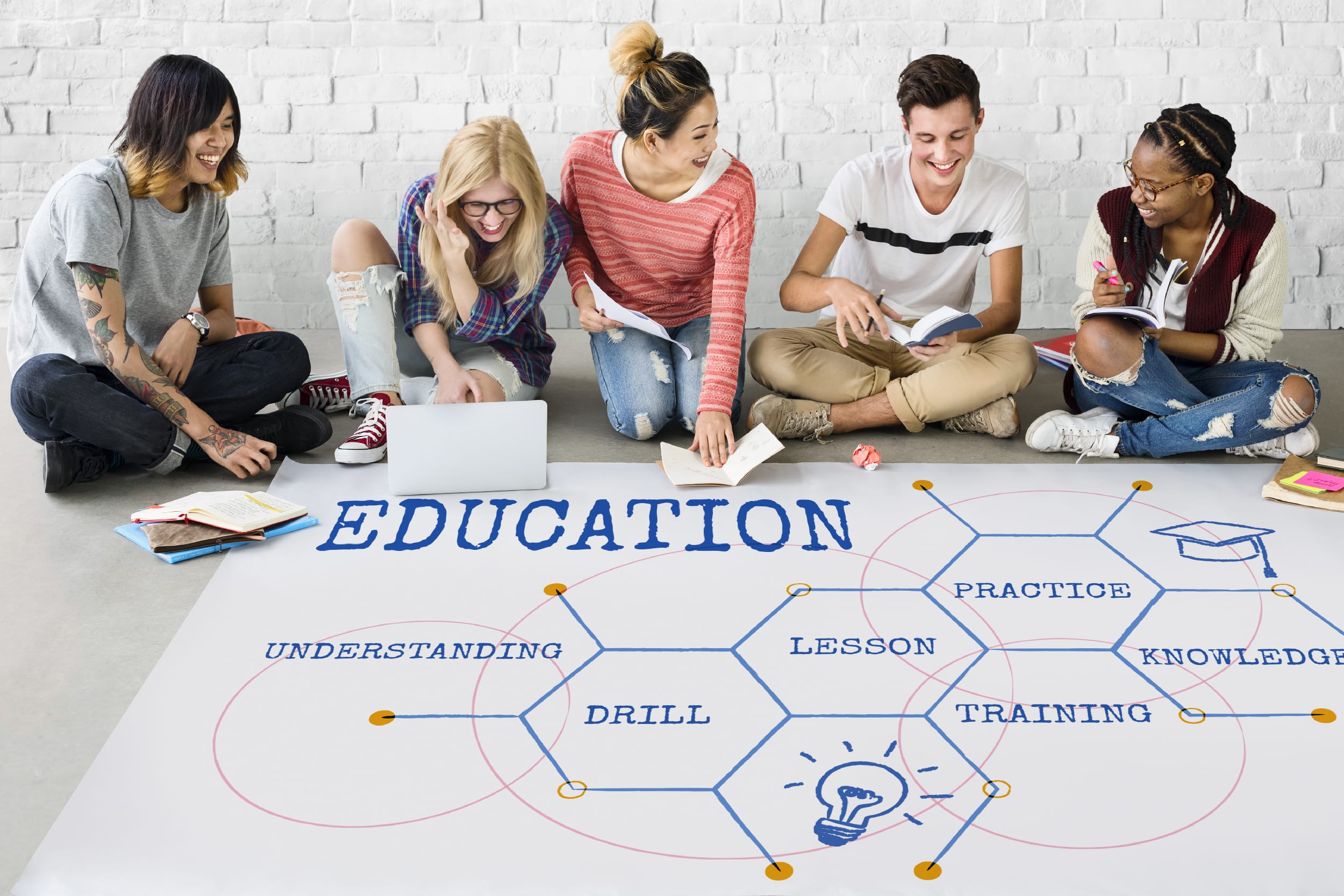Introduction
Teachers know better than anybody else how important it is to engage their students. It is the difference between an ineffective lesson and a lesson that sticks. But how do you measure a student engagement level?
Why employ traditional teaching methods when interactive tools may make studying more enjoyable? Admit it or not, conventional methods are monotonous and will only cause kids to nod off in the classroom.
Fortunately, we live in a time where technology may come in handy. With so many cutting-edge teaching resources at your command, you can monitor and lift student engagement like never before.
Check out these tools to measure student learning in your classroom!
Why Should You Know About Student Engagement?
Research suggests that engaged learning leads to better education outcomes. When learners actively participate in their education through physical, psychological, and cognitive efforts, they tend to achieve better educational results.
- Physical efforts include participating in activities, avoiding distractions, and attending classes.
- Psychological efforts mean the students’ emotional responses, such as interest, enjoyment, and motivation.
- Cognitive engagement refers to the mental activities that students engage in, such as applying knowledge to real-world scenarios, solving problems, and partaking in critical thinking.
Track & Boost Student Engagement with piHappiness.❤️
Your Must-Have Tools for Success!
When taken as a whole, these engagement-related factors support improved comprehension of the subject matter, greater satisfaction with the educational process, and increased attainment of learning goals. Learning is made more relevant and applicable to learners’ personal and professional lives through this all-encompassing participation.
Tools For Measuring Student Engagement
1. Gauge Engagement with Surveys
Surveying students periodically offers insightful information about their learning experiences and engagement levels. Using these surveys, educators can modify their methods to suit their pupils’ requirements better.
The best student feedback software currently available is piHappiness. This software prioritizes listening to people’s needs, understanding when and how they need them, and constantly fulfilling them. With no prior experience in designing, educators can effortlessly create, conduct, and evaluate online surveys.
Have important conversations and collect feedback in a way that can strengthen relationships with the students. You can also dive deeper into each learner’s hobbies, passions, and preferences.
In terms of survey features, piHappiness offers executive dashboards, customizable survey themes, multi-channel distribution, integration with multiple channel integrations, NPS & CSAT software, survey reminders, and a visual layout.
Further, Mentimeter‘s interactive survey creator makes creating, distributing, and analyzing surveys easier. Teachers can now more easily track students’ interests over time.
Throughout the academic year, conducting regular surveys can help identify trends and facilitate any necessary adjustments.
2. Transform Learning with Trivia Games
Use quizzes and games to assess knowledge, skills, and student’s grasping levels on the topics covered, as well as their progress and achievement. Depending on your objectives and preferences, you may mold these tests and quizzes to be summative, formative, low- or high-stakes, individual, collaborative, online, and offline.
Gamification can dramatically improve student engagement. Trivia games, in particular, provide a stress-free opportunity to assess student knowledge while maintaining enjoyable and interactive learning.
Quizizz provides a gamified environment where teachers can build quizzes and interactive activities for their students to do independently or as homework. Quizizz displays questions and answers on students’ smartphones, delivering rapid feedback through humorous memes. This approach is useful for measuring individual progress and properly analyzing learning results.
Enhance the flashcard tool Quizlet Live by enabling teachers to develop collaborative learning games. Teams of students are formed, and they must work together to respond to questions. This student engagement platform perfectly highlights collaboration and subject mastery.
3. Spark Communication with Icebreakers
Good learning requires a friendly environment that promotes communication. Icebreakers are a fun and participatory approach for students and instructors to get to know one another, breaking down boundaries and cultivating a feeling of community.
Padlet provides a collaborative platform for students to share knowledge, resources, photographs, and reflections. Teachers can design boards for specific classes or subjects, nurturing students to share and discuss ideas. Icebreakers can be used at the beginning of the school year and on a regular basis to keep communication lines open and students engaged in class.
Icebreaker Questions (Examples)
- If you were an animal, what kind of animal would you be and why?
- What did you do over the weekend?
- Name your favorite Disney star.
- What is your least favorite subject?
- Would you rather read a book or watch a movie?
- What is your favorite word and why?
- What book or movie would you change the ending if given a chance?
- Which fictional character would you like to have dinner with?
1. Visualize Understanding with Emojis and Word Clouds
Emojis and word clouds are valuable tools for students to convey their understanding and thoughts about a course. Teachers may quickly and efficiently address students’ needs with this visual feedback that is straightforward to read.
With Pear Deck, educators can design interactive presentations incorporating instantaneous formative evaluations. Additionally, instructors can energize student engagement in higher education and create more classroom connections with tailor-made feedback and presentations.
Pear Deck’s innovative tool is designed to supercharge learning with common assessments for crystal-clear insights into student mastery.
2. Enhance Learning with Collaborative Presentations
Encouraging students to design and present their own interactive presentations about previously taught or planned lessons can significantly increase engagement. This approach develops students’ presentation abilities and promotes teamwork.
As teaching is the most important job in the whole world, educators cannot compromise on quality. At the same time, teaching doesn’t have to be a tough job—to make it easy and exciting, we have various tools. One such tool that stands out in terms of turning a lecture into an immersive one is Nearpod.
Using Nearpod, students may design and present interactive presentations with multimedia and interactive exercises. This improves not only their comprehension of the subject matter but also their ability to collaborate and contribute. You can either get started with creating a lesson or choose from thousands of ready-to-teach standards-aligned, customized premade lessons.
Additional Tools for Student Engagement
- Flipgrid: Encourage students to make videos in response to suggestions to promote a personal and interactive reflective process. Teachers who provide feedback and promote peer-to-peer contact can make learning dynamic and interesting.
- Plickers: This is a free, easily available, and entertaining teaching application that allows teachers to assess their pupils and get immediate feedback in the classroom. Teachers can scan student replies with cards and the Plickers app to gain real-time feedback on comprehension.
- Edpuzzle: You can create interactive video classes by incorporating notes and questions into videos. Instructors can monitor student involvement and comprehension by having students watch the videos and respond to questions as they go.
- Socrative: Use Socrative to design short quizzes and polls that provide fast feedback and insights into student comprehension. Gamified features like the Space Race offer a fun and competitive learning experience.
Closing Thoughts
Engaging students in the classroom counts for effective learning, and today’s technology makes monitoring and advancing that engagement more facile than ever. When kids are actively immersed in their education—physically, psychologically, and cognitively—they accomplish better. Surveys and feedback methods can provide useful information about student experiences, allowing for timely adjustments and improvements.
Gamification and interactive components make learning more enjoyable and stress-free while also encouraging deeper comprehension and collaboration. Teachers can promote a feeling of community by fostering a friendly and communicative classroom atmosphere while also ensuring that learning is effective and pleasant.








